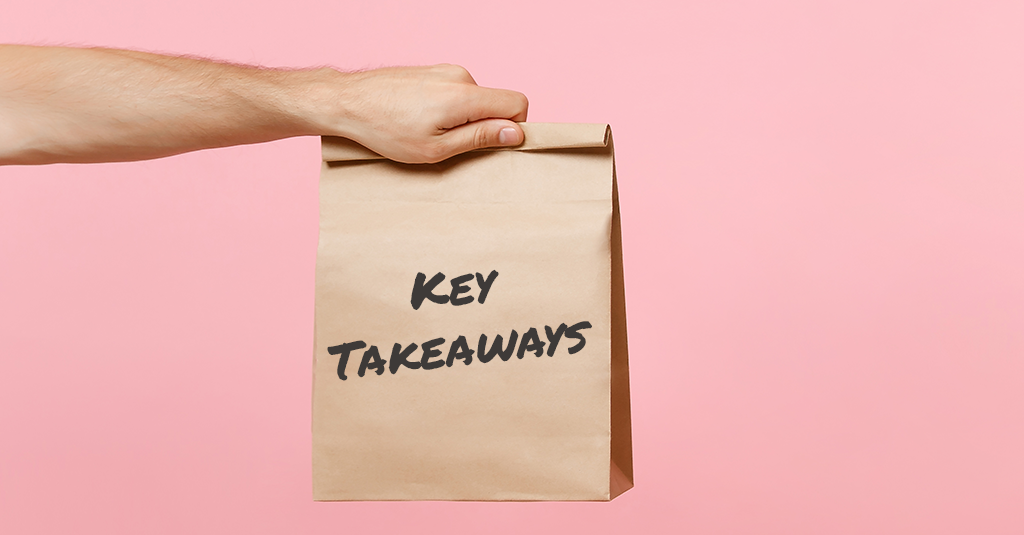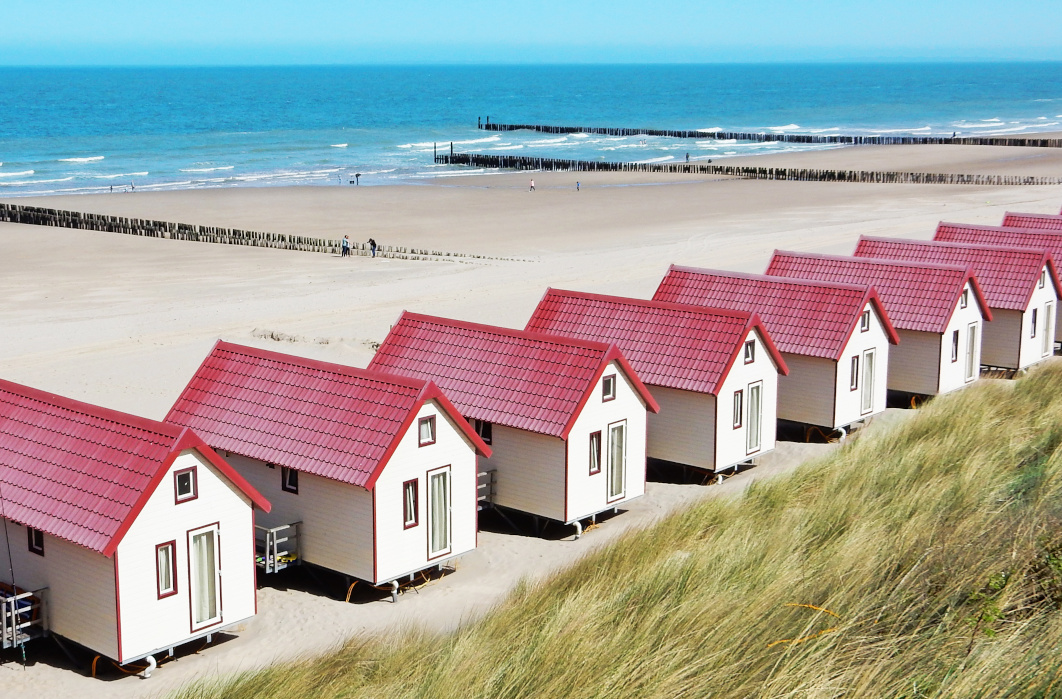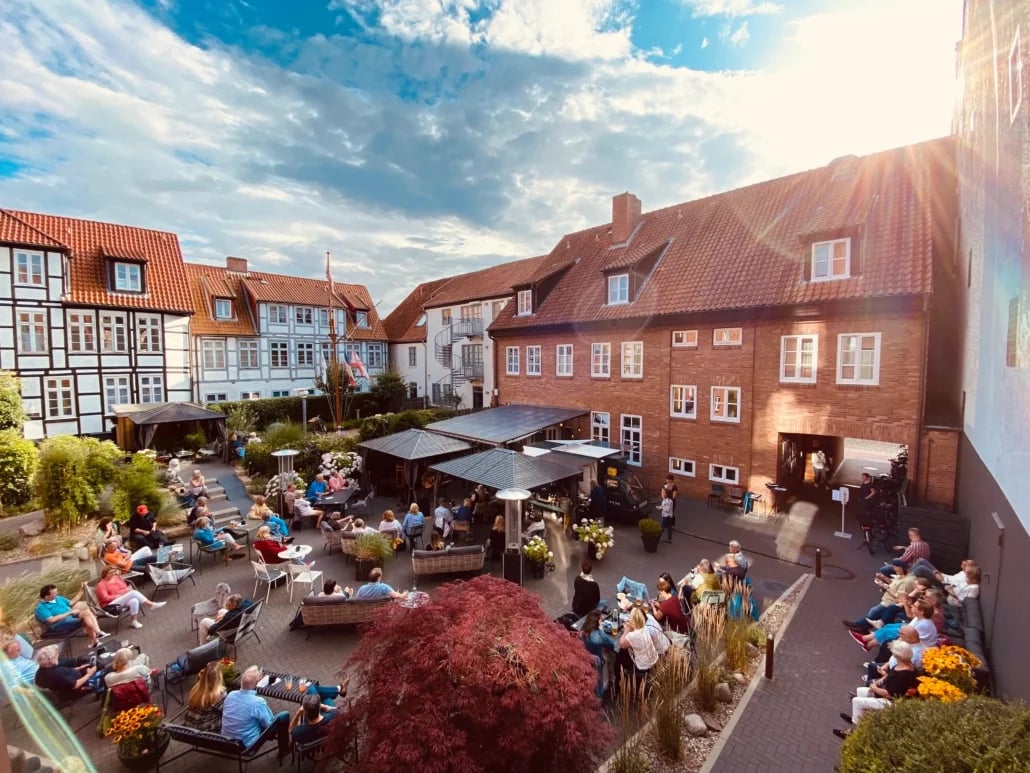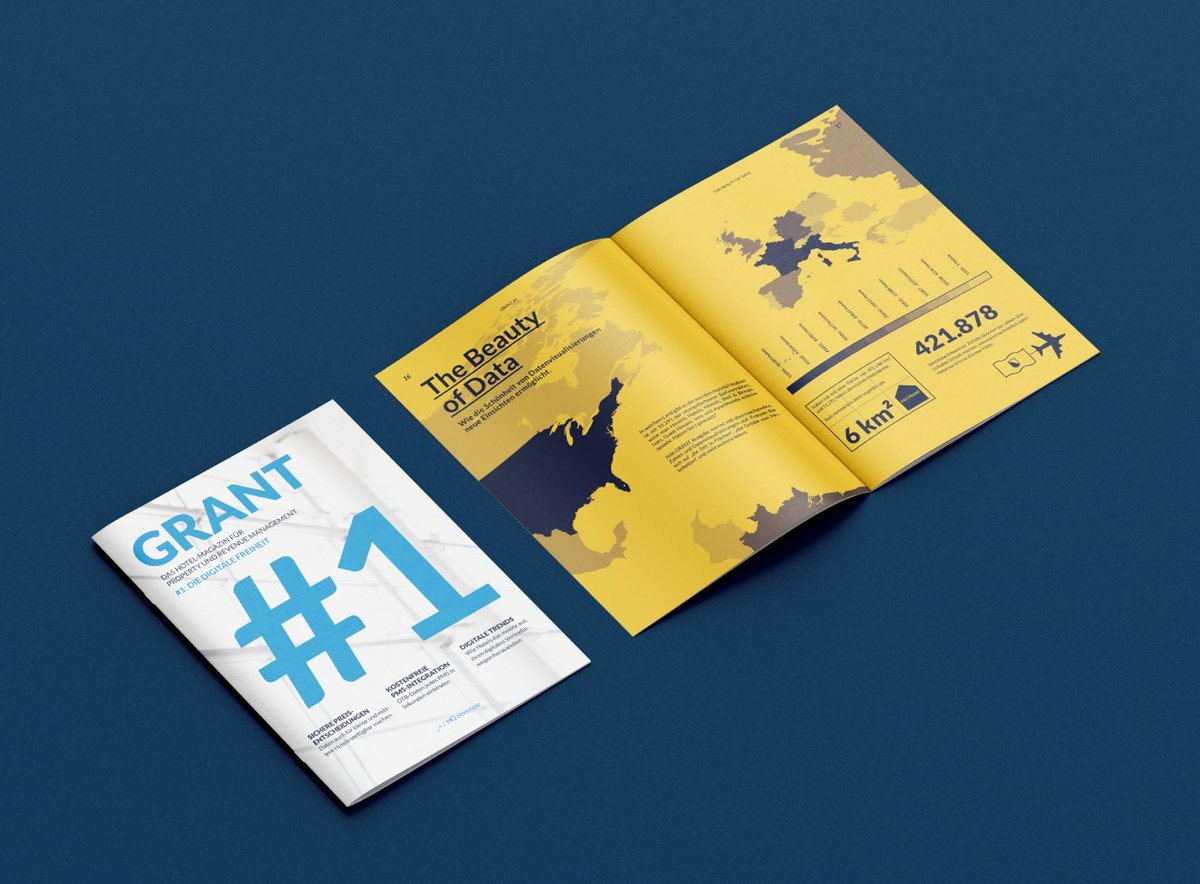Why IKEA Just Made a Solid Case for Hotel Dynamic Pricing
Embracing flexibility on price and product in a dynamic hospitality market
Do you remember flipping through IKEA's annual printed catalog? Well, the Swedish furniture giant announced its discontinuation in December 2020. This decision reveals some key lessons about dynamic pricing for hotels.
Table of contents:
- What is dynamic pricing in hospitality?
- Benefits of dynamic pricing
- Key takeaways for hotels
- How to get started with hotel dynamic pricing
But first, why did IKEA stop producing its catalog?
The reasons for IKEA ending its legacy marketing tool are simple:
- Internet-savvy customers who buy online
- Declining catalog readership and interest
- Expanding the footprint of their digital experience
The company also now reaches customers where they live with smaller urban stores and is turning the page on increasing online sales.
Moving beyond a legacy marketing product opens a new chapter for the furniture giant to make inroads in dynamic pricing. Embracing flexibility on price and product means it can:
- reduce static parts of its business
- consider taking chances on new strategies
Before we get to how hotels can learn from IKEA's bold move, it's crucial to understand the benefits associated with it.
What is hotel dynamic pricing?
Given that a hotel room is a perishable commodity, dynamic pricing in hospitality means:
- A hotel matches the price to supply and market demand
- It does this to capture a better market share
- Rates become dynamic and flexible when the cost goes up or down, based on internal and external factors.

What are the benefits of dynamic pricing?
Each year IKEA made a price promise to its customers.
That guarantee? Prices for its products would not increase while the catalog is valid. In other words, it tied the company’s online and in-store channels to a static nature.
Given that the company will not be tied to a catalog next year, the benefits of dynamic pricing can allow the company to:
- set optimal pricing strategies
- optimize the product as necessary
- focus on localization efforts
And let’s be clear, nixing the catalog also reduces the marketing spend.
By 2004 it consumed 70% of its annual cost, according to a press release. What does the budget back on the books mean for their upcoming financial year?
IKEA can invest previously catalog-allocated marketing budget elsewhere. Specifically, it could:
- run special promotions
- make product upgrades
- diversify inventory
- explore and expand the digital user experience
Can you see where this is going?
What's certain is that hoteliers can take away at least several key lessons here.

What are the key takeaways for hotels?
Hoteliers should embrace flexibility, especially in leisure destinations.
It's about making a gradual change. One that reflects the fast-moving hospitality landscape and also values the product: inventory.
#1. Hotels adopting dynamic pricing
Flexibility means converting static parts of the business–fixed rates on your website and online channels–to dynamic elements.
Hoteliers who adopt dynamic pricing are more prepared to meet new challenges and seize opportunities. And ideally, they can meet them fast and in a real-time environment.
Of course, making this kind of change doesn’t happen overnight. And it shouldn’t.
Does this represent a fundamental shift for independent hotels? It can be the case for some, but there’s a myth to be busted.
#2. Hotel dynamic pricing will not scare away loyal customers
IKEA has not lost any of its fans despite making the “emotional but rational decision” of ending the catalog. And the same goes for leisure destination hotels.
As the saying goes:
“A loyal customer books their return the minute they check out.”
And the loyal customer likely wants the same room again. The one with the balcony view and oversized bath. Maybe even the very same breakfast table at the hotel’s restaurant.

The fear among leisure properties of missing out on frequent visitors or annoying regulars is unfounded. Why?
Because in all likelihood, loyal and frequent customers already rebooked with their favorite hotel.
Dynamic pricing in the hospitality industry aims to optimize for:
- a specific audience
- a particular time frame
- a certain situation
#3. Solving for fixed prices to stay agile
Updating fixed rates can have the potential to increase profitability and ensure hotels can react promptly to various external factors:
- market shifts - inherent to the industry
- changing demand and supply - there’s plenty of that
- evolving customer patterns - needs and requirements change
Fixed rates are those that stay the same irrespective of the above fluctuations. It’s still possible to find legacy static pricing strategies in some markets.
Where does fixed pricing occur in the hospitality industry?
Fixed pricing models often include seasonal rates in leisure destinations. Prices don't change much unless there is an obvious need.
Such hotel market segments can consist of:
- Beach resorts that rely on warm weather and summer travelers
- Ski and mountain resorts that cater to the winter crowd
- Cottage rentals that employ predetermined rates despite welcoming more than just seasonal visitors
Also, let’s not forget events like New Year's Eve and their impact on these segments. Hotels set higher rates because rooms will almost certainly get booked.
But hotels can still achieve more with dynamic room pricing by offering some inventory later for a higher price.
What about customer price sensitivity?
Such customers appear more in budget markets and lower-rated hotels. They react more to seeing price changes but respond well to deals and discount offers.
On the other hand, luxury hotel guests show less sensitivity, so it's possible to raise room rates without negatively affecting occupancy.
Therefore, it's worth remembering hotel pricing tailors to the following:
- location
- property size
- level of competition
- market demographics
- services you have on offer
- star classification
Keeping these in mind protects the overall hotel image and keeps customer perception harmonious.
And now, for the final part, the next steps hotels can take. And an answer to the question:
How hotels can start with dynamic pricing
Just like IKEA is not making a hard cut, with its catalog remaining available in conjunction with its E-Commerce strategy, hotels shouldn’t either.
Hotels can get started with dynamic pricing by starting small.
Then, hoteliers who need a little peace of mind can test and experiment, and opting for gradual change as a more effective way to become accustomed to trying something new.
Without having to worry about things like:
- The technical aspect is just too difficult to handle
- The amount of time it would take is just too much
Both of these arguments don’t have to hold water.
Here’s why:
Step 1: Helping hands of professional and intuitive software
Hoteliers can try out dynamic strategies by working with cloud-based, professional software solutions to guide them.
- Reassuringly these tools are easy to use
- Applying quick wins is possible early on and often
On top of that, hoteliers have a great partner to rely on to answer questions, given the individual support many hotel tech providers offer.
Because testing dynamic pricing involves careful and thoughtful planning, one smart way hoteliers can go about it is:

Step 2: Hotels testing dynamic pricing on a given inventory
One solution is for hotels to test flexible pricing by running an experiment on a small contingent of their inventory.
Experimenting in this way is useful as it’s about finding out if dynamic room rates make sense for the hotel and market.
By allocating a small portion of its inventory to test dynamic rates, hoteliers can see whether short-term price adjustments relating to dynamic ones prove successful in raising RevPAR.
Step 3: Embracing flexibility on room category yielding
Flexible pricing can also shed new light on category yielding and the price relativity between them. Not just for cities, but leisure destinations too.
What’s the takeaway?
Hoteliers who get into dynamic room pricing can go a step further. Again, it’s about taking steps toward embracing the idea of flexibility:
- Question the minimum price difference requirement that must exist between every room type
- Break free from the constraint that as the price of one room type increases, so must every other
One more thing: Invested time is not lost
Running a pricing experiment part-time and evaluating results might not be quick. But the invested time is well spent overall. Why is that?
Because a hotel market monitoring solution speeds up price finding.
The value is accessing real-time hotel rates in the respective market segment in a matter of seconds compared to the exhaustive, manual exercise of researching rates.

Over to you
Take the first step toward dynamic pricing. How?
Get in touch with our revenue management experts, who will be happy to help you get started.
We hope you found this article useful and could take away some helpful ideas to help you with your dynamic pricing strategy.
If you liked this piece’s content or know someone who would benefit from reading it, consider sharing it with a friend, colleague, or professional network.
Share this
You May Also Like
These Related Stories

Hotels Can Stay Competitive with This Booking RateIntelligence Alternative

‘Moin Moin’* with Revenue Management!



No Comments Yet
Let us know what you think